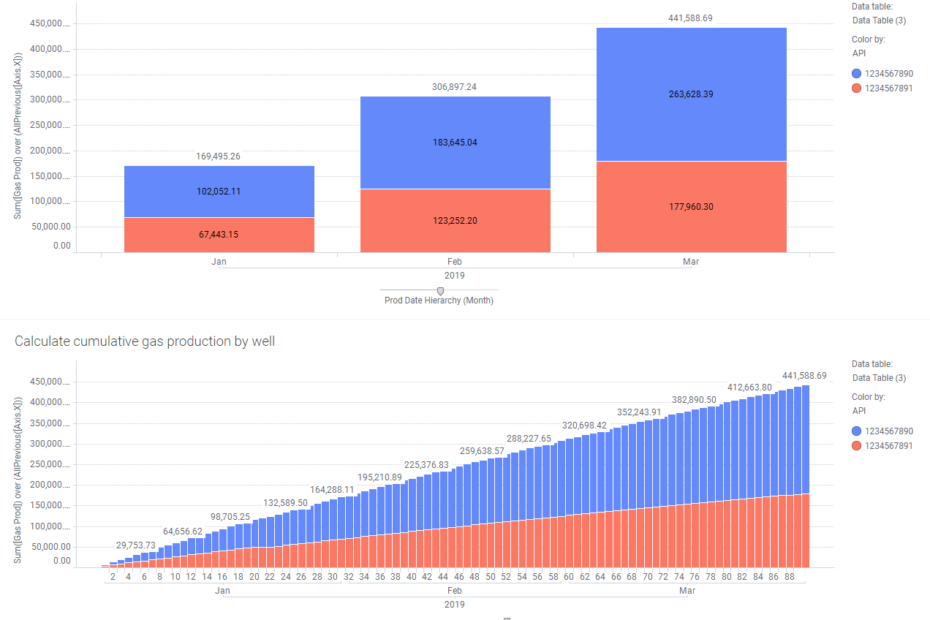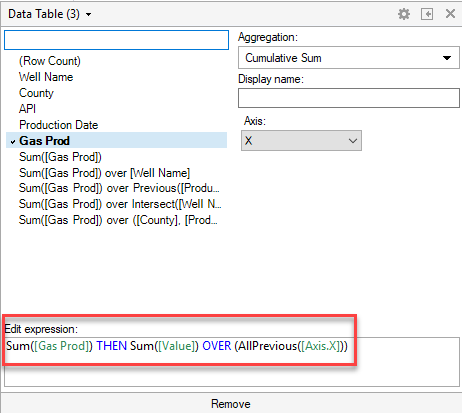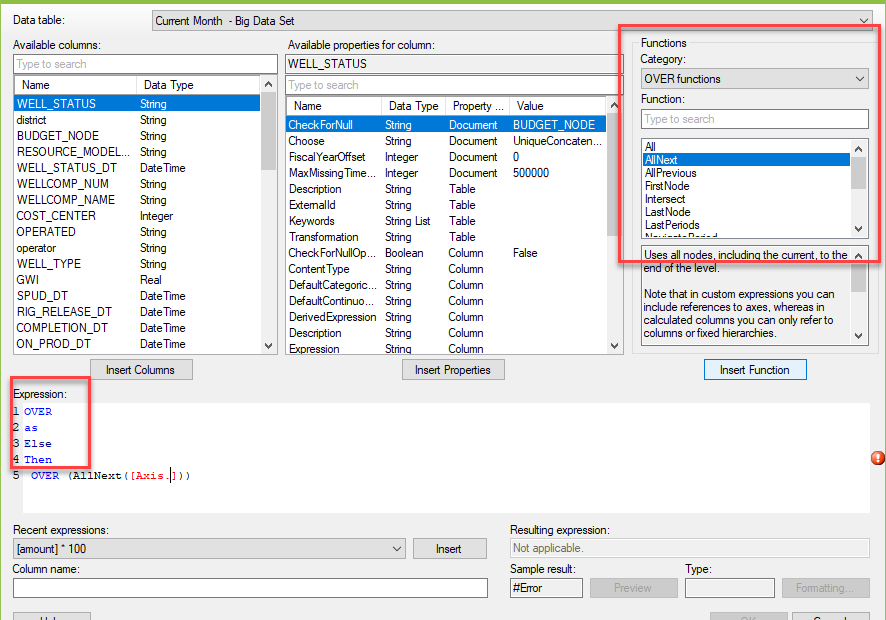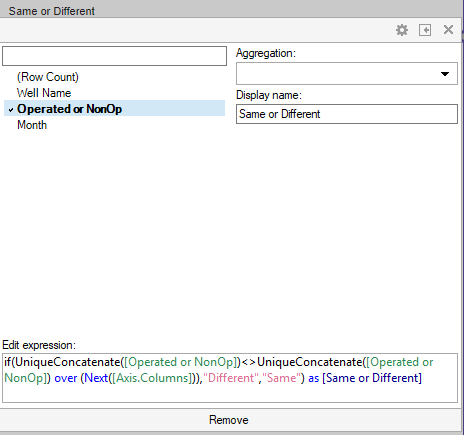Node Navigation – All, Next, Previous, AllNext & AllPrevious
This is post 7 in my series on how to learn the Spotfire expression language. In my node navigation post, I explained what a node is, what node navigation is used for, and provided examples. But, I didn’t provide explanations or examples for each method. Now, I will fill that gap by explaining the details of All, Next, Previous, AllNext & AllPrevious. Others to follow.
Read More »Node Navigation – All, Next, Previous, AllNext & AllPrevious




